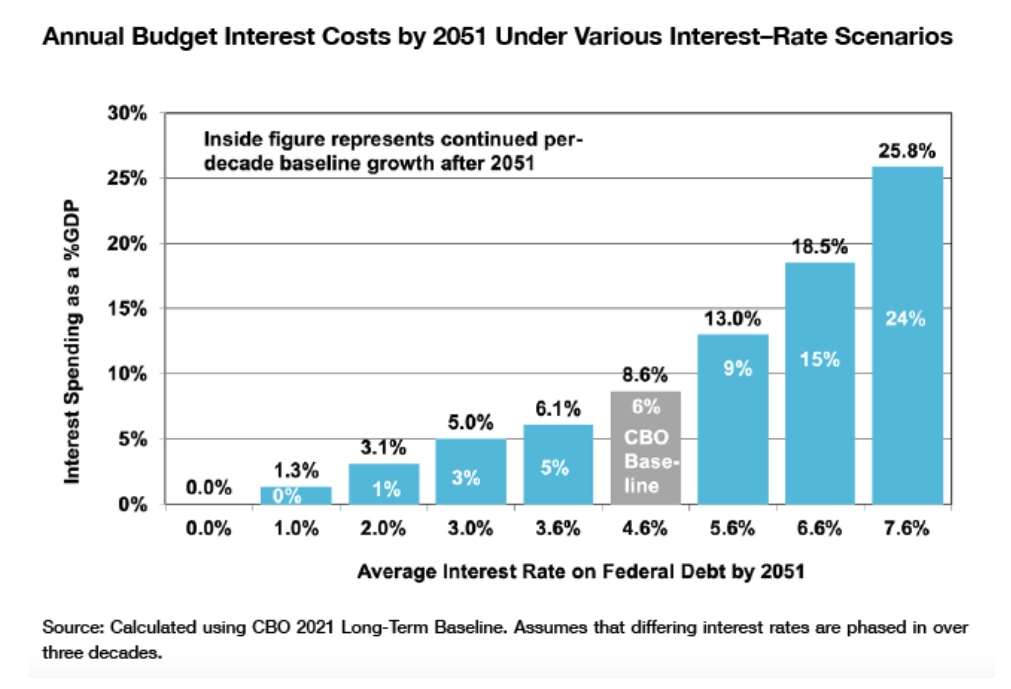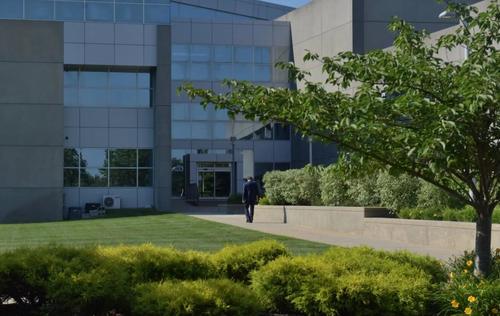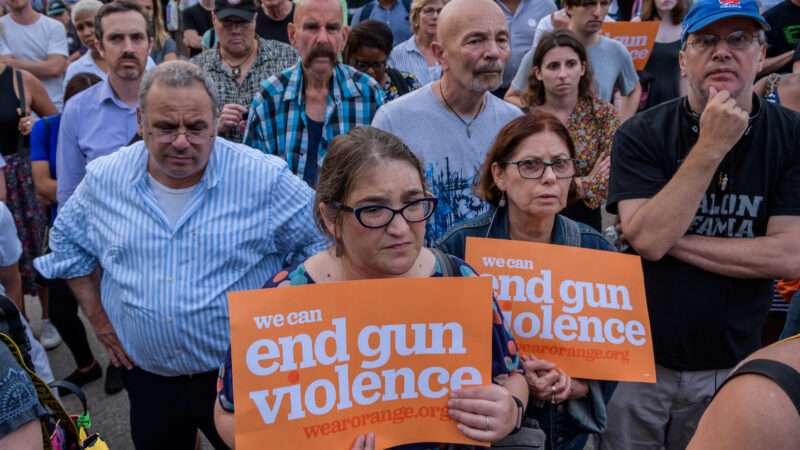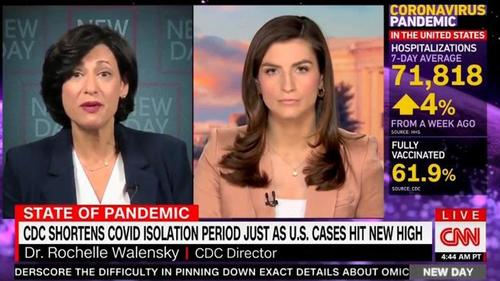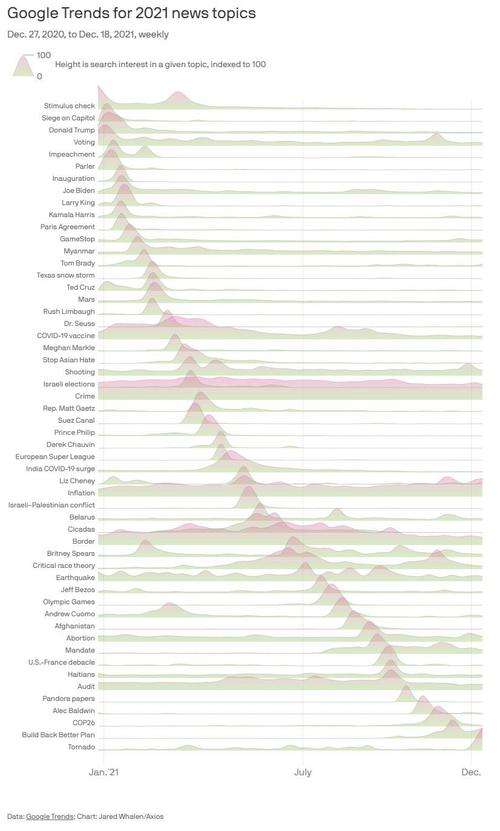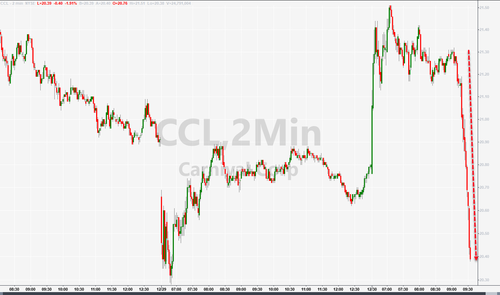Murder rates made big news this past year, as 2020 murder figures revealed America saw a nearly 30 percent rise nationally from 2019 (after two years in a row with murder rates and raw numbers falling), suffering over 21,000 total homicides. That’s 57 a day, with 77 percent committed with guns. That’s a shockingly large rise in rates, possibly the highest in over a century. Those figures bring America, after a couple of decades of mostly decent news when it came to murder rate changes, back to a per capita homicide rate of 7.8, a height not seen since 1998.
The rise has not been restricted to any specific states or parts of the country. Cities from Portland to Austin, Seattle to Salt Lake City, New York to Milwaukee, Chicago to Los Angeles, saw murder rate increases substantially higher than even that high national average. Cities of populations large and small saw similarly big hikes, and every region saw at least a 20 percent rise, whether red or blue.
While 2021’s figures from the FBI are still months away, plenty of bad news on that front already seems apparent. This past year is shaping up to have more murders than 2020, though the percentage rate rise will likely be far smaller. At least 12 cities will be beating homicide number records in 2021, including Portland, Columbus, Albuquerque, and Philadelphia.
Sudden, significant degeneration in a social outcome people are emotionally enraged by makes sober, productive policy making harder. Murder stabs at the heart of lawful civilization’s purpose and creates bursts of personal grief unmatched by any other human action.
Predictably, the 2021 debate over murder rates featured multiple examples of politicians, pundits, and activists using the crisis as a weapon to aim in whatever direction they were already looking.
Those who believe that more and tougher law enforcement is key to keeping murder rates under control insist it’s obvious either anti-police public opinion in the wake of George Floyd’s killing or cold, hard reductions in police resources or activity are clearly to blame.
Regardless of attitudes about police or their behavior, other crime measures either went up much less (5.6 percent rise in 2020 over 2019 for overall violent crime) or went down (property crimes down 8 percent, robbery down 9 percent, rape down 12 percent). Analysts have found no consistently meaningful long-term associations between crime and spending on police, either positive or negative.
Lack of necessary granularity is a common mistake in the popular, and even social scientific, debate over crime. Spending’s direct connection to policing’s effectiveness in quelling crime is tenuous, and you can indeed see some cities with a detectable pattern of cops seeming to be less active in stops and arrests accompanied by higher murder rates, such as Chicago and St. Louis. Police activity’s influence on the murder rate is intuitively easier to take seriously than looser measures that are often deployed, such as the number of officers on payroll, the number of arrests, or the total costs of policing.
But this pattern is not consistently and widely demonstrated enough to clearly make recent less active or well-aimed policing the dominant explanation for the rise in murder rates; other factors are clearly at play. Post-Floyd, it seems plausible to imagine poorer police/citizen relations influencing the increased rates of some crimes, with effects moving in both directions: cops doing less proactively, and citizens being less willing to engage with the police, as mutual mistrust flows. While many criminologists think it is well-established that just having more cops around is enough to deter crime and murders, their ability to actually solve homicides is getting worse. Only 54 percent of homicides led to an arrest or charge of a suspect in 2020, down from 61 percent the year before.
Law-and-order types also wonder if recent innovations in criminal justice reform are emboldening criminals, such as looser or eliminated bail requirements. Knowing for sure what effect those might have even in specific areas is beyond the FBI’s dataset, which does not tell us how many murders were committed by recidivists or those out on bail. In New York City, some preliminary data suggest that fewer than 1 percent of those out on bail were charged with a violent felony last year, though as a whole number, it was around 250. That might seem plenty significant to some, especially their victims; only one such individual was rearrested for a shooting, though.
We even have some reason to believe certain practices that are deliberately less “tough on crime” limit future crimes, including easing or eliminating pretrial detention and keeping even those who are convicted out of prison itself. Nor do what criminal justice conservatives see as overly progressive prosecutors seem reliably linked to rising murder rates compared to areas without such prosecutors.
If conservatives want to blame weakened policing, people who hate guns and want to restrict access to them point at the fact that 2020 showed a historical high of nearly 40 million new gun-sale background checks (the best proxy for new gun purchases) along with that huge hike in the murder rate. Surely, they are connected?
We’ve seen a decade of enormous, if not quite as enormous, numbers of new gun purchases without a commensurate rise in murders. No clear-cut and consistent causal mechanism exists by which “more Americans are buying guns” causes “higher rates of Americans being murdered.”
Even beyond the obvious fact that any causal association people think they saw between more gun sales and more murders in 2020 seems to have begun that year for some unexplained reason, a 2021 paper in Injury Epidemiology, as Stephen Gutowski summed up at gun policy news and commentary site The Reload, “found no association between gun sales and gun violence….At the state level, the magnitude of the increase in purchasing was not associated with the magnitude of the increase in firearm violence.” Robert VerBruggen, a stats-savvy writer for National Review, checked homicide rates and gun sales on the state level as well and found “There’s no obvious connection between the two, and the picture is the same when you plot the percentage change in one variable against the percentage change in the other.”
Tying one year’s gun sales (all to law-abiding citizens, remember, or else they would not have passed the background check) to that year’s murders is also questionable, given that we know the average time between a gun sale and that gun’s use in a crime tends to be over eight years. Besides, the best data on the topic indicate almost no criminals buy their guns legally in a store via a background check. That said, analysts at FiveThirtyEight are excited that the “time to crime” of guns seemed to be shortening in 2020, with 68,000 guns taken by cops after less than a year since purchase. Still, despite that perhaps alarming raw number, the percentage share of guns confiscated by cops less than a year from sale went from slightly below 0.3 percent of guns sold to slightly above 0.3 percent, and there is no consistent relation across years between gun sales and time-to-crime recoveries by cops.
Those who want to make the murder rate rise about gun policy have had to look, then, to more granular measures. (Though the number of criminologists who seem happy to make hand-waving connections between more gun purchases and more murders to journalists is disconcerting; they should know better.)
Vox is sure it has a more sophisticated reason than just increased sales to blame the prevalence of guns for the murder rate rise. They reported on a detectable pattern of police stops finding guns on citizens’ persons more often in 2020 than in the past; in many cities, even as the number of such stops decreased (largely due to fewer people in public in early lockdown times), the whole number of guns found on people increased. Presuming that, as Vox quotes Jens Ludwig of University of Chicago’s Crime Lab, police have not “become dramatically better at figuring who is illegally carrying a gun…the implication is that lots more people are carrying guns illegally in Chicago.” They found a similar pattern in other cities (including Tucson and Los Angeles), persisting through 2020 for the most part.
As Gutowski of The Reload pointed out in a phone interview, the causation between more people searched by police being armed and murders could go either way. Awareness of situational danger might make more people carry in public whether it’s legal or not, but that doesn’t make them murderers. Gutowski thinks it plausible, given that people available to be searched by cops in 2020 lockdown times might be more inclined toward lawbreaking tendencies, that in effect the police had, contra Ludwig, gotten better in a sense at finding people apt to be breaking the law with illegal weapons.
Merely having a gun on you doesn’t mean you are going to kill someone with it, so the “more people police encounter with a gun means there are more people impulsively shooting” theory requires knowing more about the circumstances of homicides across the nation than we have. The FBI’s Uniform Crime Reporting Program does try to break down at least some homicides based on circumstances—for some examples, 5 percent are known to be gang-related, 3 percent related to “narcotic drug laws,” and 3 percent in robberies or burglaries. But for more than half of homicides, the FBI considers the circumstances “unknown,” so most specifics about the hows and whys of murders remain a mystery nationally.
Even if the intuition that more people are carrying guns in public and causing more impulsive murders is more firmly established over time, it’s hard to see what can reasonably and effectively be done about it. Obviously “getting more guns off the street” to the best of the police’s ability, as this very analysis admits is happening, isn’t diminishing murder rates, and any policy solution involving “stop and harass more minorities on the street under circumstances where cops are afraid they might be packing” has social costs we should think twice about taking on.
As a public policy matter, national or even statewide changes (even if we knew how to effectively use policing to lessen murders without magnifying the negative sides of citizen/police interactions) again lack the necessary granularity so often missing in crime debates. Crime and murder affect different Americans wildly differently, with higher-poverty neighborhoods seeing their rate of shootings double for the past seven years. Murder can be a surprisingly tightly wound social phenomenon. As law professor John Pfaff, author of the book Locked In: The True Causes of Mass Incarceration—and How to Achieve Real Reform, noted in The New Republic, it was found in Chicago that “cycles of retaliation and counterretaliation meant that a single shooting was often the root cause of three, or sometimes 60, or once almost 500 subsequent shootings over the next few years.”
Criminologists indeed have found it more informative, as detailed in a 2010 article in the Journal of Quantitative Criminology, to consider not national figures or trends but “places as small as single addresses, group of addresses, face blocks or street blocks…crime is strongly concentrated at a small group of ‘micro’ places. Recent longitudinal studies have also revealed crime concentration across micro places is relatively stable over time.” One researcher studying nonfatal gunshots in Chicago from 2006 to 2014 “found that more than 70% of all subjects of gun violence could be located in networks containing less than 5% of the city’s population.”
After studying the copious scrum of commentary, analysis, and research surrounding this salient yet slippery social question, the only proper conclusion is that we don’t really know why the murder rate went up nationally so much. It is certainly impossible to point largely to a singular cause such as policing or guns.
This should not be unexpected. The most obvious and important criminological fact of our lifetimes, the enormously impressive drop in crime and murder rates from roughly the mid-’90s to the late 2010s, is still an unsettled mystery to the profession. This is because of the inherent difficulties in, as journalist Adam Gopnik aptly summed up in 2018 in The New Yorker, a field “in which you are studying the actions of several million autonomous agents who can alter their actions at a whim, with several thousand outliers guaranteed in advance to be bizarrely atypical.” Even as there are unfortunately more of them, murderers are still bizarrely atypical in the American social scene.
Answers such as “COVID-19 and riots” seem appealing—why not explain a shocking new social outcome with those two shocking additions to the modern American scene in 2020? Whether or not they hold explanatory water—the rates across various cities did not, researcher David Abrams found, seem to march in reasonably causal lockstep with either lockdowns or protests/riots—they provide little useful policy information other than “avoid plagues (or overreacting to same) and riots,” lessons important irrespective of murder rates.
Plausible speculations float around though, such as that lockdowns left fewer public witnesses to murders, which might embolden more murderers. The FBI data do not answer the question of how many murders, or how many more than normal, occurred in public (though they do show that of all crimes, 19 percent occur on highways, streets, alleys, or sidewalks, and over 51 percent in private residences). So, like all too much about the whys of crime rate changes, it’s a subject for guessing what fits your own sense of plausibility.
This problem of murder rates rising is ultimately rooted in horrible decisions made by an always-tiny percentage of people, where both available data and the inherent nature of the phenomenon make certainty about causes or cures tentative indeed. When alleged social or economic forces acting on hundreds of millions of people are said to in any real sense “cause” choices in small thousands, it pays to be skeptical. And when some suggested solutions involve ginning up reasons for more street encounters between police and citizens who might be doing nothing worse than owning a constitutionally protected weapon in violation of local regulations, it pays to pile caution on top of skepticism.
The post We Don't Know Why Murder Rates Spiked in 2020 appeared first on Reason.com.
from Latest – Reason.com https://ift.tt/3zdToo7
via IFTTT

